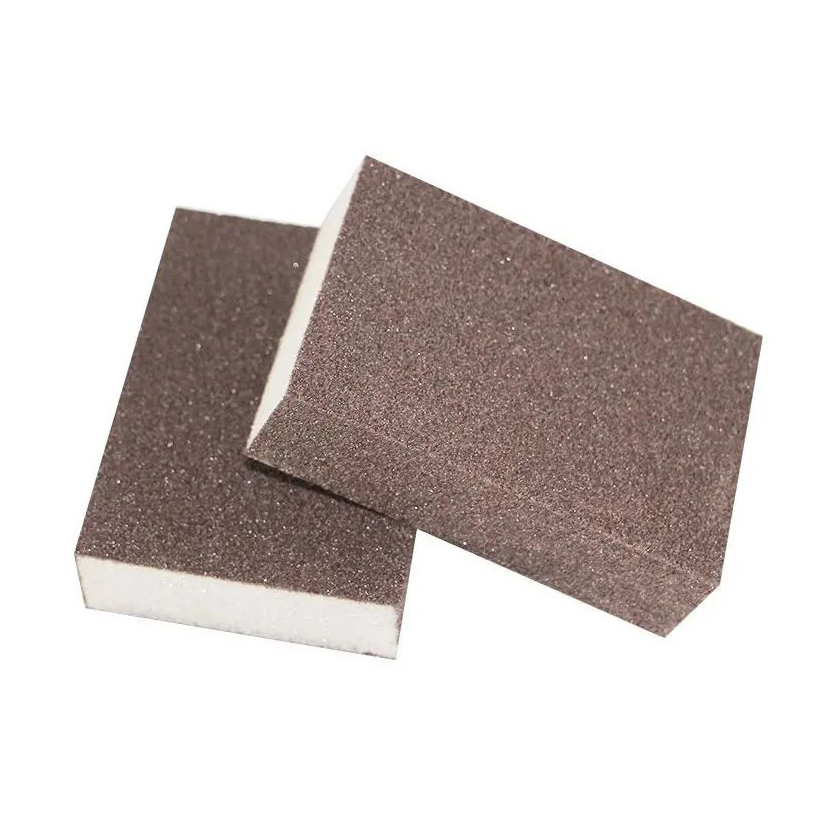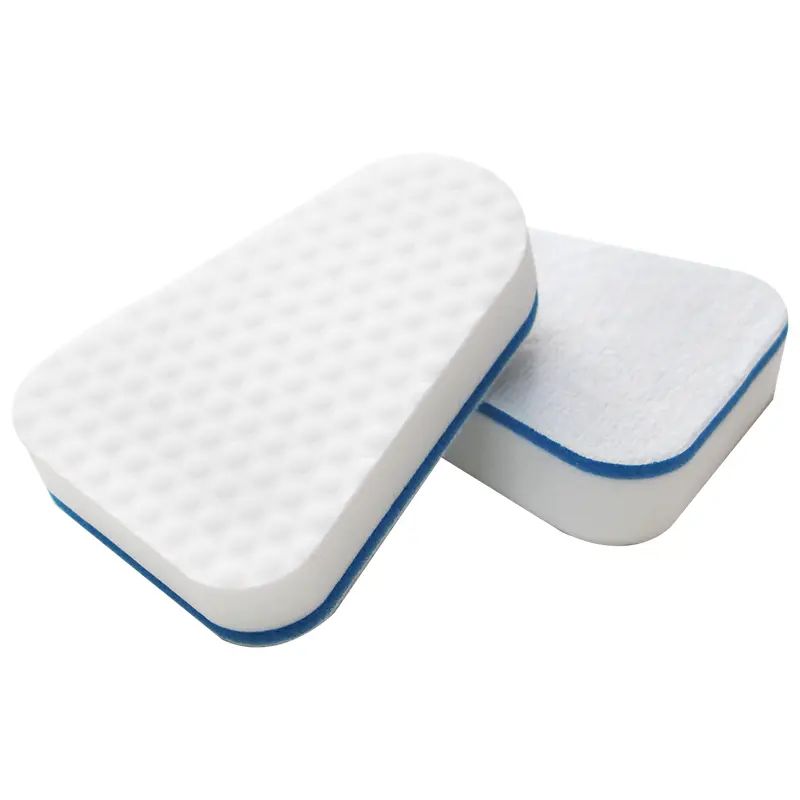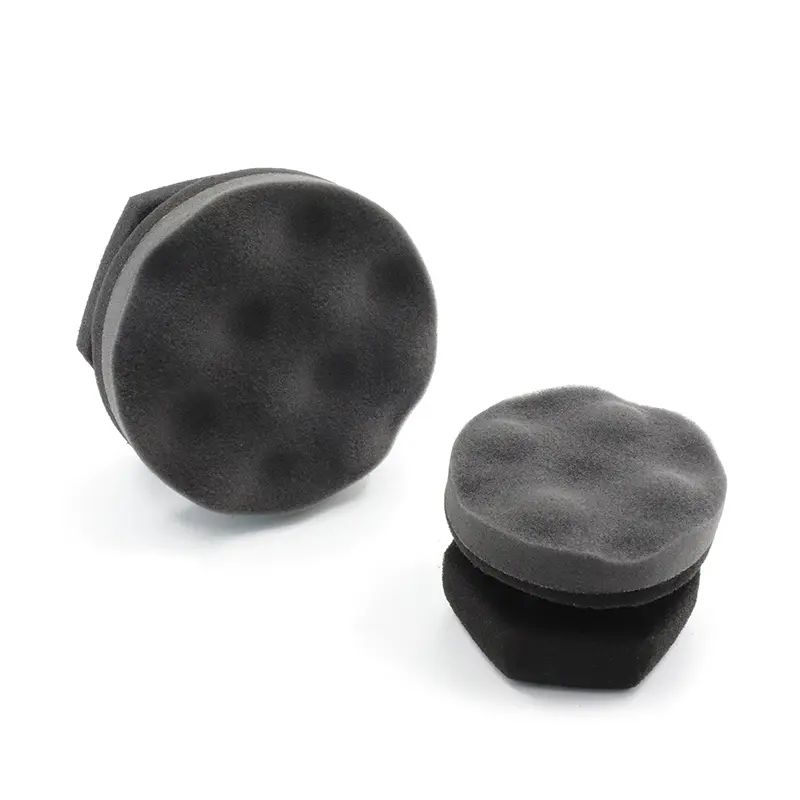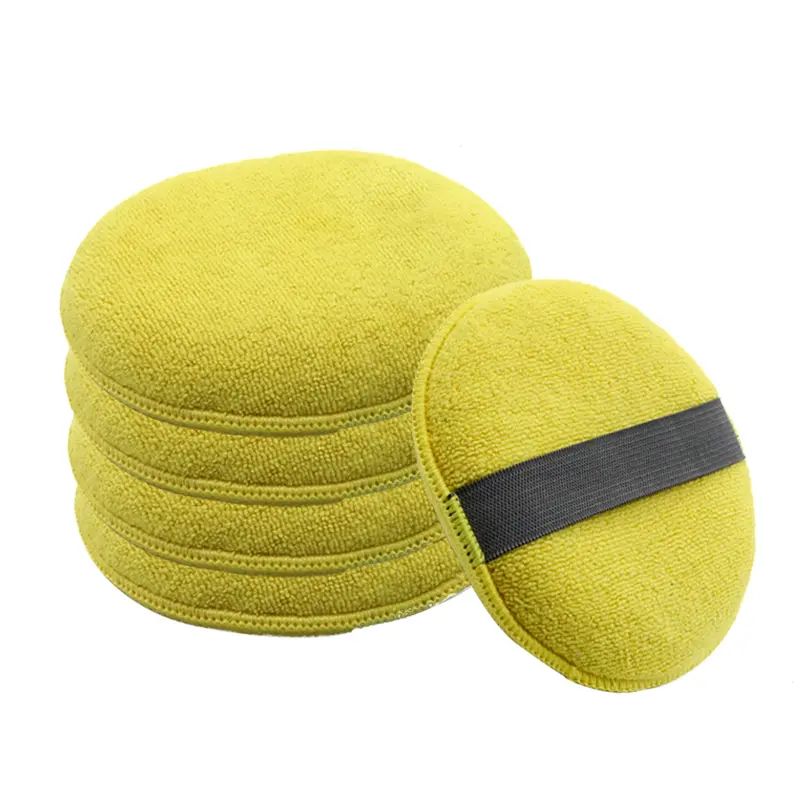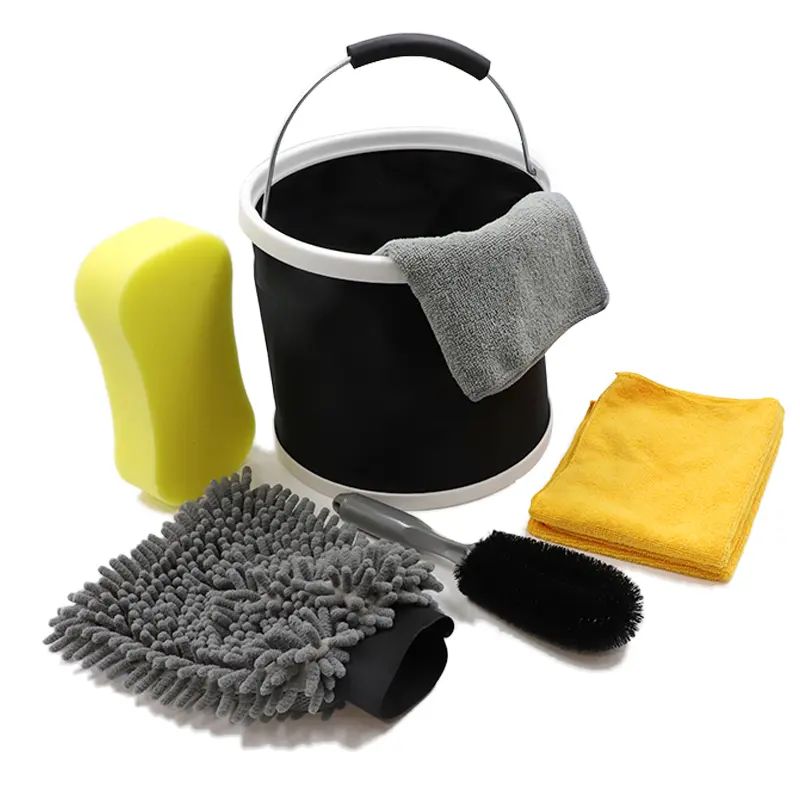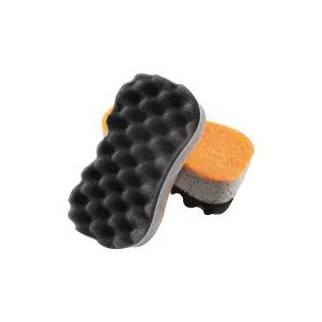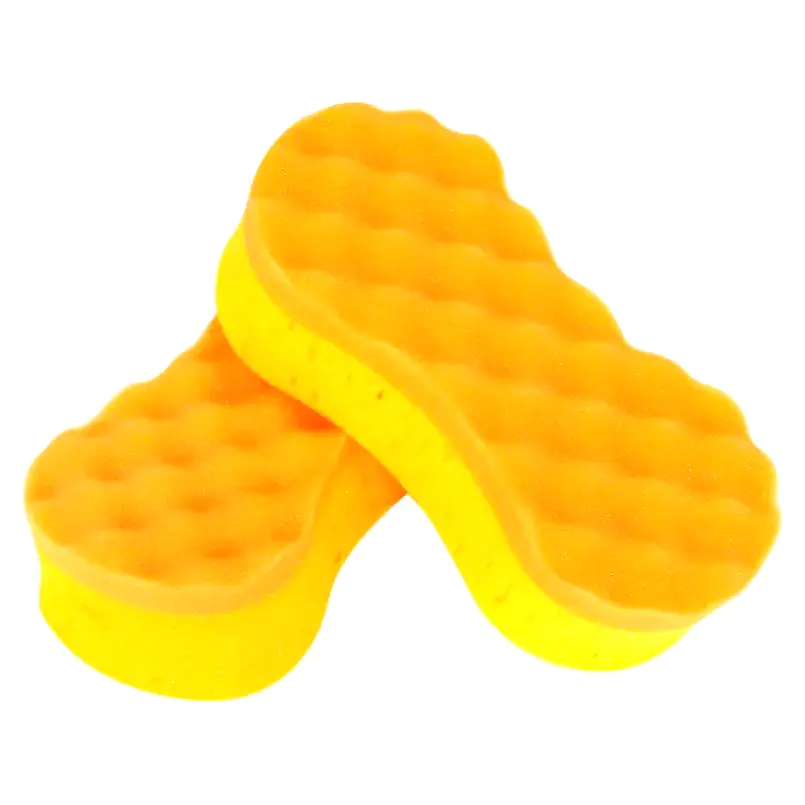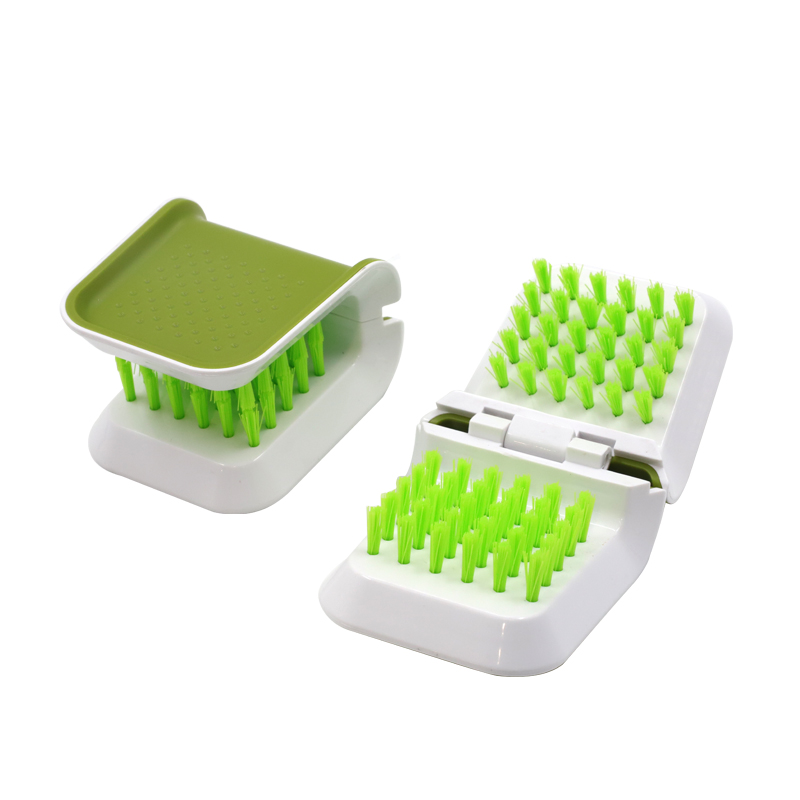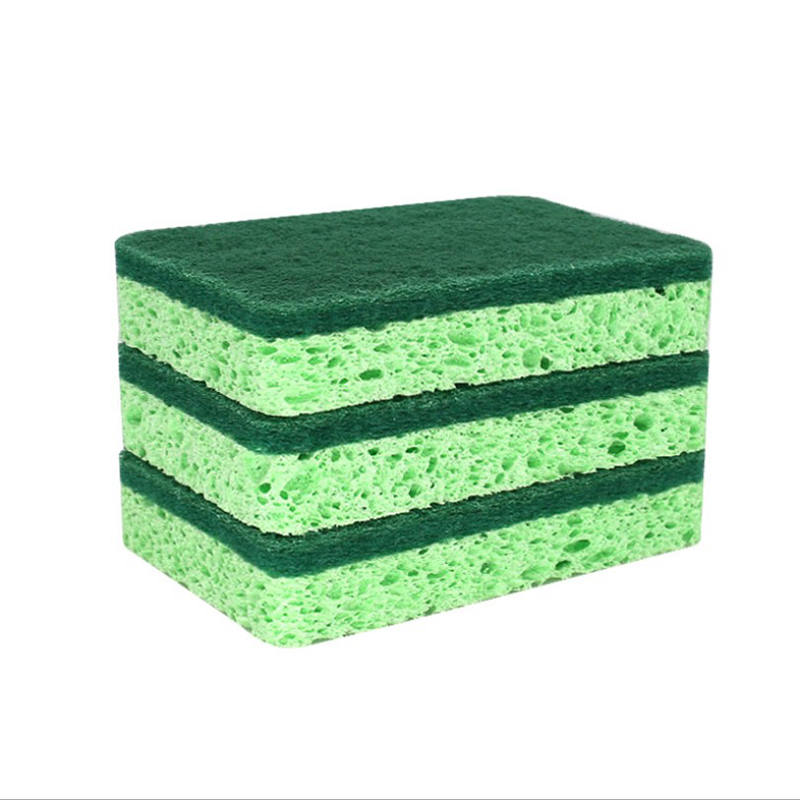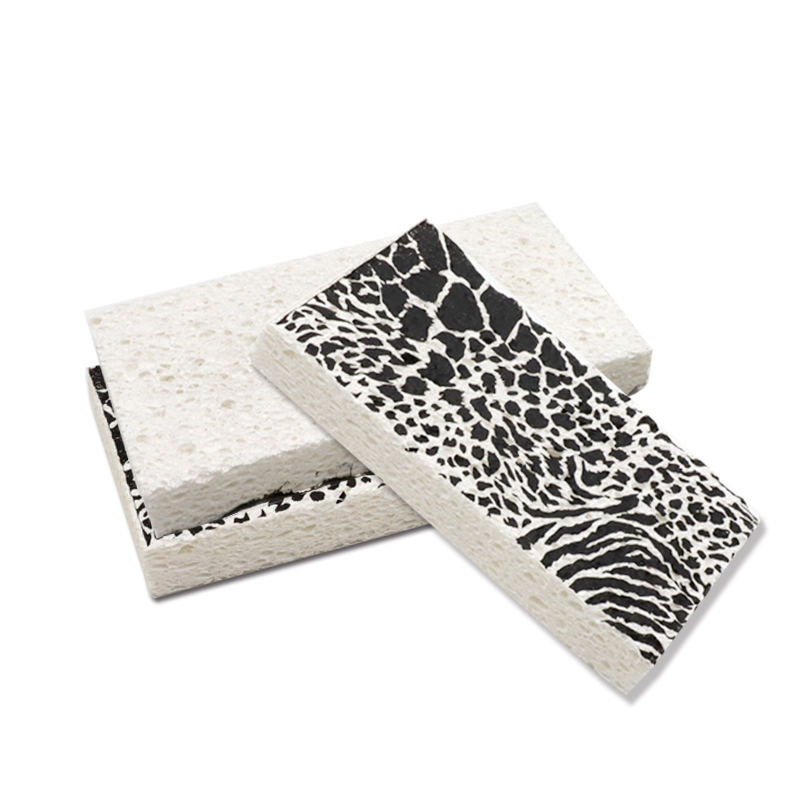How to Use Wood Pulp Cellulose Sponges
In the realm of sustainable materials, wood pulp cellulose sponges stand as a paragon of ecological ingenuity. These biodegradable sponges, derived from natural wood fibers, offer a compelling alternative to synthetic counterparts, which often exacerbate environmental degradation.
Composition and Manufacturing Process
Wood pulp cellulose sponges are crafted from the cellulose fibers found in wood pulp, which undergo a meticulous manufacturing process. Initially, the wood pulp is dissolved in a solvent to extract the cellulose, which is then regenerated into a fibrous form. This fibrous cellulose is mixed with other natural ingredients, such as sodium sulfate and hemp fibers, to create a porous, absorbent matrix. The mixture is then heated and cured, resulting in a sponge that is not only biodegradable but also remarkably durable.
Applications of Wood Pulp Cellulose Sponges
The versatility of wood pulp cellulose sponges renders them suitable for a myriad of applications. In domestic settings, they are prized for their ability to absorb liquids efficiently, making them ideal for cleaning tasks in kitchens and bathrooms. Their soft texture ensures they are gentle on surfaces, yet robust enough to tackle stubborn grime.
In industrial contexts, these sponges are employed in processes requiring precise absorption and release of liquids. Their application extends to laboratories, where they are used for cleaning delicate instruments and surfaces without scratching or leaving residues.
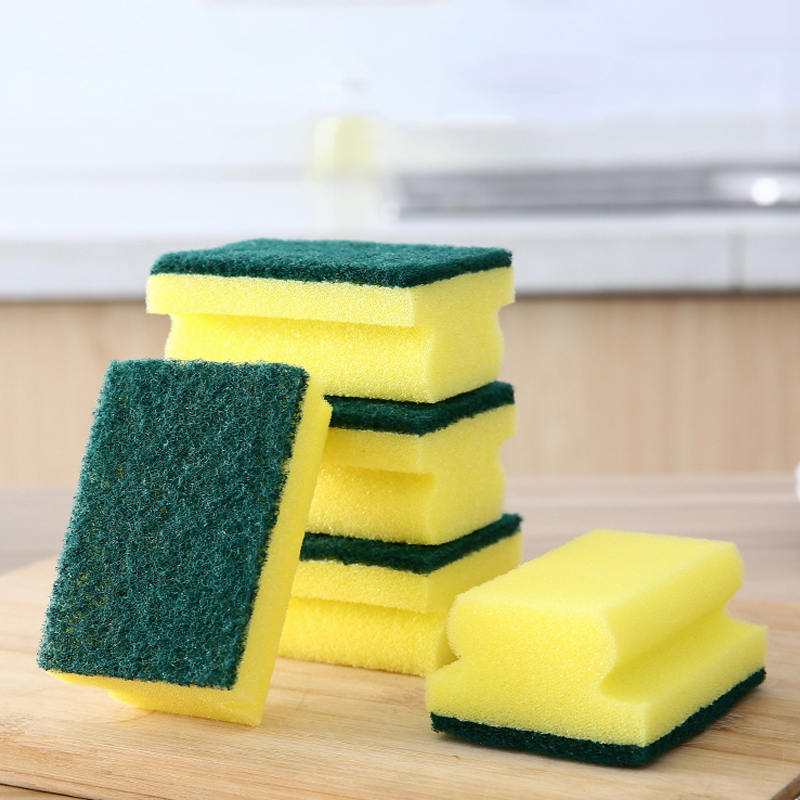
Environmental Benefits
The environmental merits of wood pulp cellulose sponges cannot be overstated. As biodegradable materials, they decompose naturally, reducing landfill waste and mitigating the ecological footprint associated with cleaning products. Moreover, the use of renewable resources in their production underscores a commitment to sustainable manufacturing practices.
Maintenance and Care
To prolong the lifespan of your wood pulp cellulose sponges, it is essential to maintain them properly. After use, rinse the sponge thoroughly to remove any residues, and allow it to air dry in a well-ventilated area. Regular disinfection can be achieved by soaking the sponge in a solution of vinegar and water, or by microwaving it for a brief period to eliminate bacteria.
News Category
- Company News(31)
- Industry News(117)

 简体中文
简体中文 English
English 日本語
日本語 русский
русский Español
Español عربى
عربى